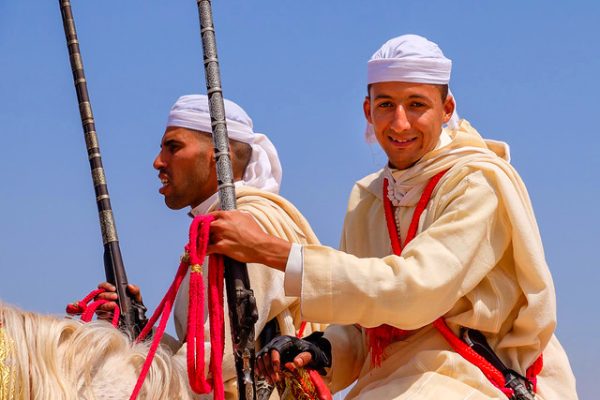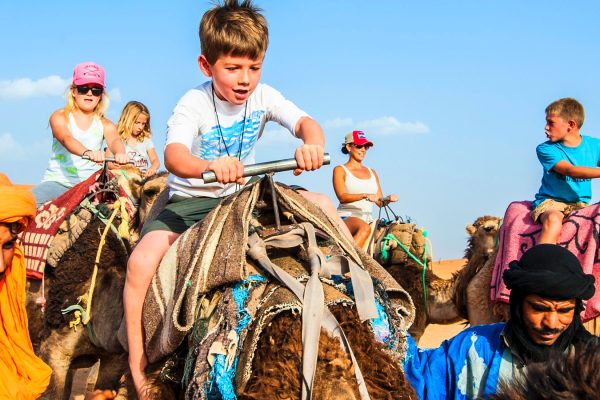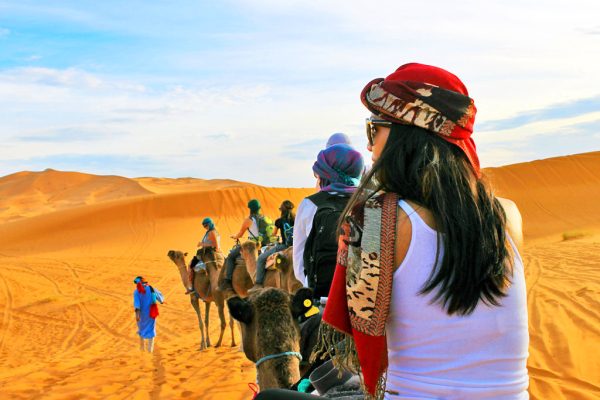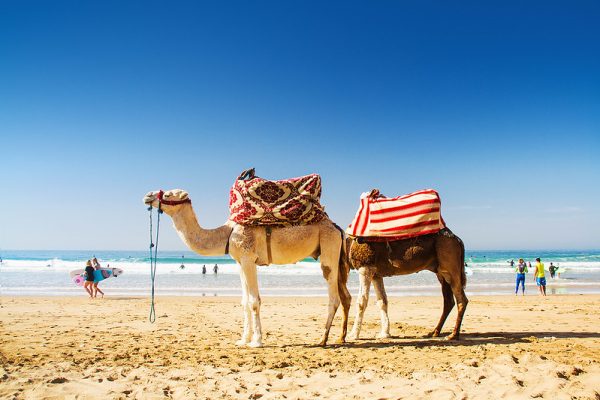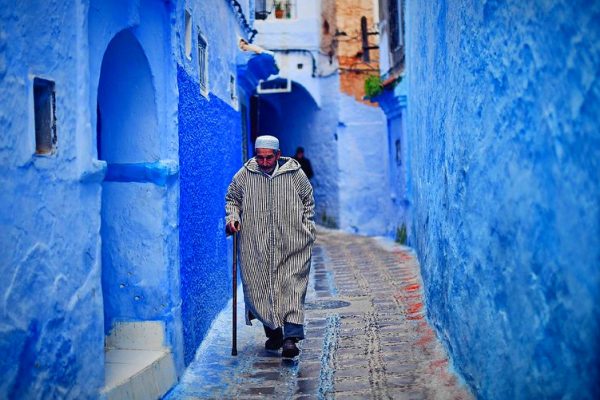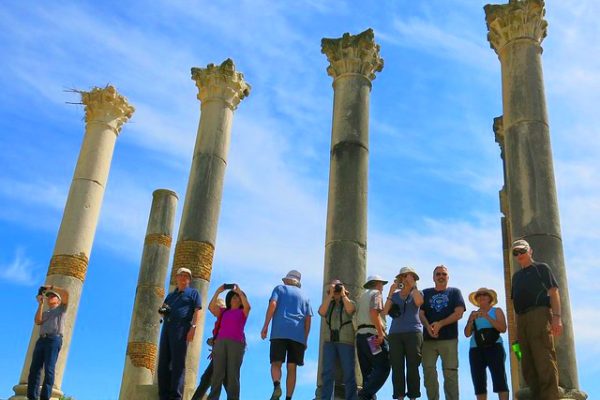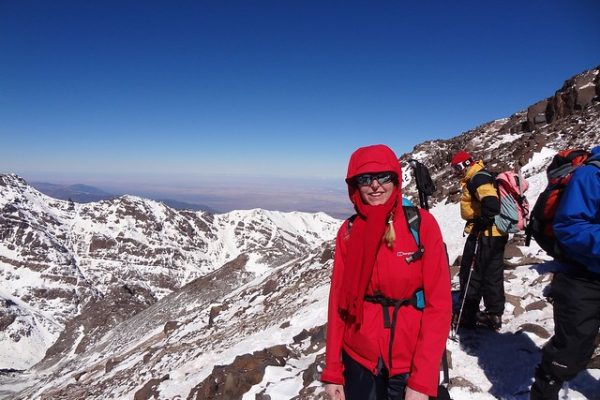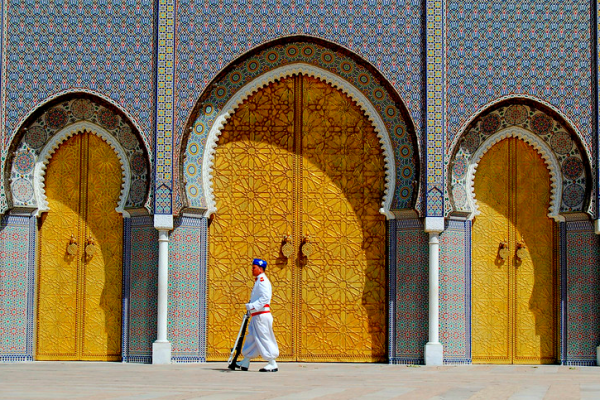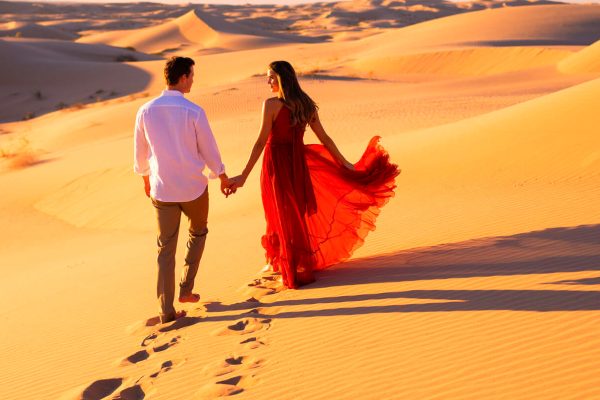BEST TIME TO VISIT MOROCCO (MONTH BY MONTH)
Are you planning an unforgettable trip to Morocco? You want to make sure that you get the most out of your visit and explore all the best places. To make the most of your trip, you’ll want to set up the perfect tours and activities. But how do you know which Morocco tours to book? Here, we’ll take a look at how to find the right ones for you.
Travelers who are heading to Morocco for the first time might need some guidance to plan the perfect journey. Morocco is a popular tourist destination, and those who have never been there might need to start by researching essential information. Planning each day of the trip is important to getting the most out of the visit. Availing the services of a reliable travel agency can help in scheduling the itinerary in the most efficient way, but if you’re traveling alone, then make sure to plan every detail of the trip.
Time to Visit Morocco
No matter when you decide to visit, Morocco has a lot to offer. From the seashores of Tangier to the mountains of Atlas to the deserts of Merzouga, this North African country is a paradise for any traveler.
No matter when you choose to travel to Morocco, each season offers something special. While the autumn and spring bring pleasant temperatures and fewer crowds, the summer and winter months provide a unique experience if you’re visiting the Atlas Mountains, Atlantic Coast, or Sahara Desert. With temperatures ranging from hot and dry in the south to pleasantly cool in the north, it’s important to plan your trip accordingly. Summer is a wonderful time for European travelers to experience Morocco, while winter can be surprisingly cold in the north, with potential snow in some areas. Every season brings its own unique charm to this diverse country, so choose the best one for you!
Visit Sahara
For a perfect Saharan holiday, the best time to visit the Sahara in Morocco is during the spring or fall. You’ll be in for an incredible experience with warm days and chilly nights. Ensure you are prepared for the colder nights by packing warm clothing and donning a jacket if necessary. Pay attention to the months of April and May, when strong Sirocco winds can bring sandstorms. Taking these precautions will ensure you have a safe and enjoyable trip to the magnificent Sahara of Morocco.
Four Seasons in Morocco
Despite the high daytime temperatures, summer in Morocco can be a wonderful experience. Tourists and travelers alike favor this season, as schools in Europe and Morocco typically close. Solo travelers should make sure to book their accommodations in advance, while those with a travel agency can rely on their booking services. It is also wise to bring plenty of summer essentials, such as hats, sunscreen, sunglasses, and umbrellas, to protect against the strong sun. Moroccans usually celebrate Ramadan during the summer, which can be a wonderful time to experience local culture.
Spring in Morocco is dry and balmy, with no snow except on the highest mountain peaks. Traveling to the northern coast will bring much cooler and wetter weather, and a wetsuit is recommended. Visiting during this season is also a wonderful way to avoid large crowds, as it generally draws fewer tourists. For a unique experience, head to Fez in May to attend the colorful Gnaoua Music Festival.
The fall season is an optimal time to get out and explore some of Morocco’s sprawling cities and take a dip in the refreshing waters of the North. Since the weather is significantly cooler, this is also a wonderful time to go for hikes in the mountains. Plus, the popular Eid al-Adha festival is celebrated throughout the month of September. Followers of Islam honor Abraham through animal sacrifices during this 3-day celebration.
Similar to many other countries in the northern hemisphere, Morocco boasts pleasant weather during the winter months. As a result of the reduced tourist traffic, visitors can enjoy the cities at their own pace without having to jostle for space in trains and buses. Additionally, hotel accommodation is much more affordable during the winter, with discounts available. Traveling up to higher altitudes, you can even witness snowfall, and those nighttime temperatures will be much cooler. Moreover, Marrakesh hosts the yearly International Film Festival, providing an opportunity to enjoy a wide selection of world-class films.
Visit Morocco in Ramadan.
Experiencing Morocco during the holy month of Ramadan is truly an unforgettable experience. You’ll get to witness the locals engaging in pious acts, honoring the spirit of the Islamic tradition. Travelers unfamiliar with Islamic culture may find it intimidating, but the Middle East’s rich culture and tradition have much to offer. With the right preparations, one can skip all the austerity and enjoy the festivities of Ramadan.
Visit Morocco in:
Visit in January.
A winter chill fills the air during the month of January, so be sure to bundle up in your warmest coat and clothing. If you plan to visit the northern or coastal regions of Morocco, it is wise to bring along an umbrella or raincoat, as these areas receive quite a bit of rain during the winter months.
Visit in February.
During February, the cold winter weather in Morocco gradually gives way to more pleasant temperatures, eliminating the need to bear the heat. This is normally the least busy month for tourists, so you can find excellent deals and discounts on your travels. Take advantage of this and make your way to Morocco this month!
Visit in March.
This March, why not take a trip to Morocco? You’ll still experience pleasant daytime warmth, but evenings can cool off quickly. To make sure you’re prepared to spend time outdoors, it might be a good idea to pack some warmer clothes. Spring is just around the corner, so you’ll get to experience breathtaking landscapes all around you.
Visit in April.
It’s possible to experience the beauty of a Moroccan Spring while taking a trip to some of the top tourist spots since Spring lasts through April.
Visit in May.
Even though the days are longer and the temperature increases significantly in April, you can still have a pleasant travel experience. Expect warm days, cooler nights, and beautiful weather.This is also the peak season for tourists, so you won’t have any trouble finding hotels, homestays, or riads to stay in. It’s the perfect time to enjoy your trip!
Visit in August.
In August, a trip to Morocco can provide an invigorating experience, but it requires additional preparation to maximize your time. Consider taking your journey to either mountainous or coastal locations, where the temperatures are a bit more moderate. On the days when the heat is more intense, consider following the locals’ advice and staying inside to conserve your energy and stay hydrated. With the right preparation, you can make the most of your summer trip to Morocco!
Visit in September.
September in Morocco is an ideal time to explore the country’s stunning beauty. Not only is the weather perfect for outdoor activities, but the views of the beaches and mountains are simply breathtaking. Don’t miss your chance to experience the splendor of Morocco; plan your visit this September!
Visit in October.
In October, Morocco’s most vibrant scenery is best viewed. During this month, there won’t be as much competition for transportation as the European and American holiday rush will not begin until December. You’ll be able to enjoy the sights and sounds without having to fight the crowds for a seat on the bus or train.
Visit in November.
November is an ideal time to plan a trip to Morocco! With a comfortable temperature and fewer travelers, you can enjoy awesome adventures and a unique travel experience without the crowds.
Visit in December.
The festivities of winter are in full swing as December makes its presence felt across the Northern Hemisphere. Travelers braving the cold to explore Morocco need to take along their woolens and warm clothes for a truly unique experience this Christmas. With snow blanketing the Saharan Desert and the southern parts of the country, winter reveals a new side of this dry and arid region. So pack your bags and experience the beauty of Morocco during the winter season!
The Best Cities to Visit
Are you planning on going to Morocco? There is no shortage of options for activities, as this diverse destination provides a plethora of sights, cultures, and tourist attractions. Whether you are looking to explore history, architecture, or nature, you are sure to find something to do. Here are a few cities and landmarks that you won’t want to miss!
Visit Marrakech
Marrakesh is a stunning Moroccan imperial city situated at the foot of the Atlas Mountains. While here, visitors can explore its night markets and savor the delicious street food. Of course, the traditional shops and souks offer great shopping opportunities that shouldn’t be missed. Other attractions include the Saadian Tombs and El Badi Palace. For a truly authentic experience, visitors should stay at one of the riads inside the medina.
Visit Merzouga
Are you longing for a desert experience unlike any you’ve had before? Look no further than Merzouga! This small desert town offers plenty of activities, from camel safaris to sandboarding and sand skiing. You can explore the outskirts of the Sahara Desert and the Erg Chebbi dune sea, as well as experience wildlife and the Bedouin camps. Merzouga is truly an unforgettable experience!
Visit Fez
Once the capital of Morocco, those who have an interest in history will be pleased to explore this 9th-century city. It serves as a home to the Idrisid dynasty and features historical attractions such as the Quaraouiyine mosque and university, which are the oldest in the world. Travelers should also visit the city’s Jewish Quarter, Merenid Tombs, and Chaouwara Tanneries. All of these provide spectacular sights to behold.
Visit Volubilis
Volubilis is one of Morocco’s former capitals and is home to some impressive architecture. You can find beautiful carvings and tall gates that hint at the city’s former importance. A short trip from Volubilis are the ruins that offer insight into this ancient city. Visitors should also check out the Royal Stables and the Museum of Moroccan Art for a complete cultural experience.
Visit the Toubkal Mountains
This town is situated in the High Atlas Mountains, the highest peak range in North America. Despite the challenging hike up here, the beautiful views make it all worth it. If you’re looking for skiing opportunities while in Africa, this is the place for them. And, from this town, you can easily hike to the next one. Experience the stunning landscape and gain the unique experience of being right in the mountains.
Visit Essaouira
Essaouira is the ideal destination for beach lovers. Located right on the Atlantic coast, the small town offers much more than just the convenience of escaping bustling cities. Visitors can admire the brightly painted houses, gaze at the stunning harbor views, and take part in activities like kite surfing and one of the best music festivals around. Plus, you can indulge in the exquisite seafood dishes served at the many restaurants in the area. Whether you’re in Morocco or abroad, you can’t go wrong with a vacation in Essaouira.
Visit Chefchaouen
This quaint town nestled in the picturesque Rif Mountains offers some of the most remarkable views one will ever witness. Photographers and painters alike flock to this serene location due to the clarity of the sights. Stroll through the medina and find art galleries, then take a hike for a more thrilling experience. Even if you just want to take a quick glance, the town’s architecture will leave you in awe.
Visit Tangier
Explore the unique sights of the region surrounding Tangier. A trip to the Cap Spartel lighthouse, located fourteen kilometers away, will reward you with a breathtaking view of the Atlantic Ocean and the Mediterranean Sea. On a clear day, the two distinct shades of blue come together in perfect harmony. Just two miles further lie the Caves of Hercules, famed for their Africa-shaped opening that overlooks the ocean. This place, steeped in mythology, is an iconic symbol of the city of Tangier.

